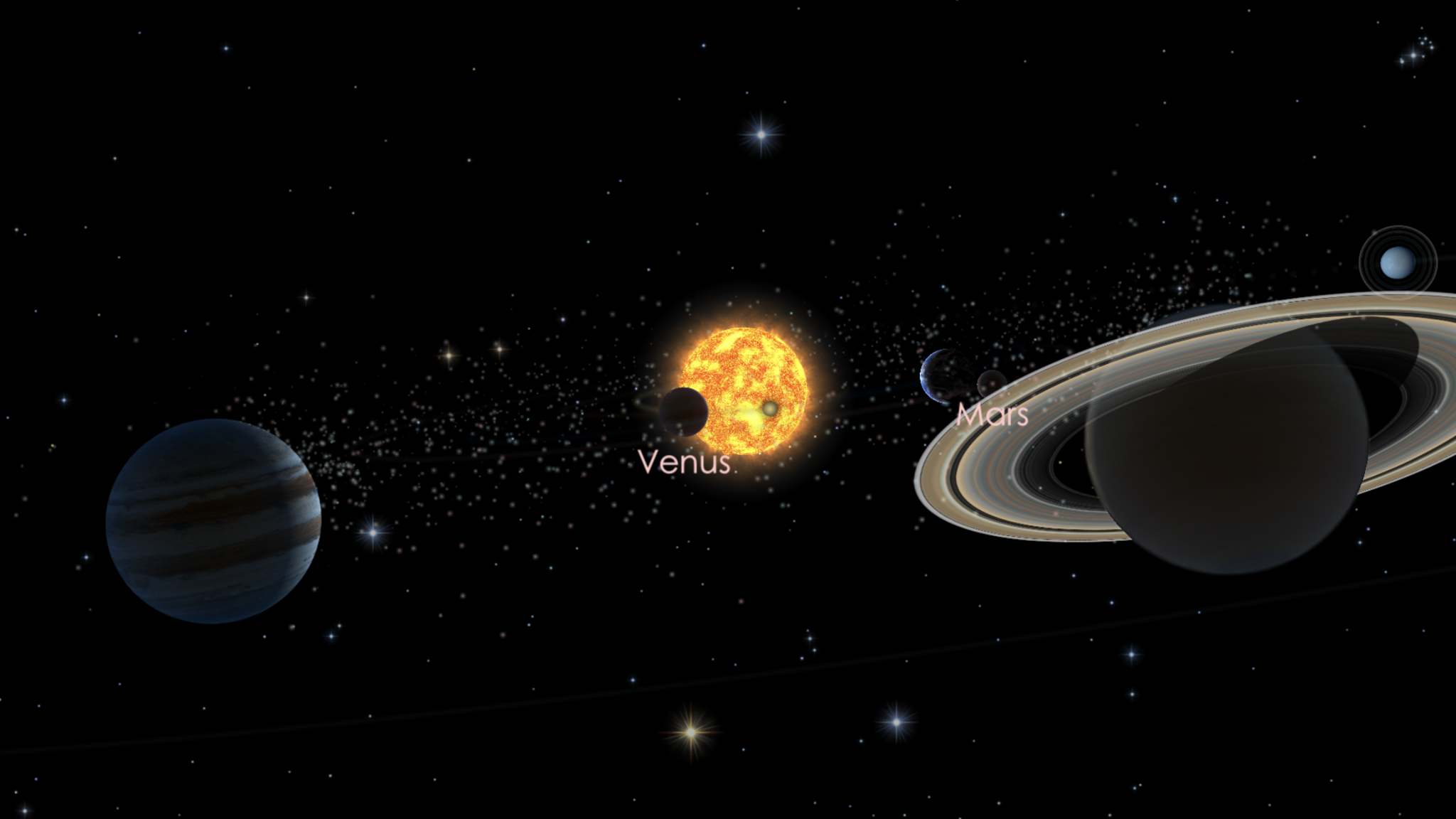This Week's Planet Roundup
Summer is a great time to hang out late hours and explore the night sky. This weekend you can enjoy watching planets that will rise and set in the sky one after another: Mercury, Venus, Mars, Jupiter, Saturn, Uranus, Neptune. Read on to find out when the planets will shine brightly.
Mercury (magnitude 0.0) can be spotted sitting low over the northwestern horizon for a brief period after sunset. It is still about as bright as the brightest summertime star Vega, but binoculars will be needed to pull it out of the evening twilight. The best time to look is between 9:45 and 10:15 pm local time. You’ll need a low open horizon because the planet will be only a few finger widths above the horizon (or less).
Venus (magnitude –4.1, in Leo) continues to blaze away in the western evening sky this week while it continues to swing away from the sun — and it will still get brighter! Tonight (Sunday) Venus will be sitting just to the lower right (west) of Leo (the Lion), but we’ll see it rapidly approach that constellation’s brightest star Regulus all week, and closely passing it next Monday. The planet sets at about 11:15 pm local time all week because it is travelling east, while the entire sky is shifting west, holding it in place. Venus will continue to grow larger as it moves towards Earth. In a small telescope, the planet’s disk will not look round. Instead, it will exhibit a waning gibbous (67% illuminated) phase.
Mars is looking very bright now! The Red Planet will be rising in the east before 11 pm local time this week. Mars will continually brighten and increase in apparent size (when viewed through a telescope) as the Earth’s faster orbit brings us closer to the red planet until July 31. A small telescope should already be able to reveal some variations in brightness on its disk. Mars will reach its highest position, over the southern horizon, around 3:30 am local time, and then remain visible until just after 5 am.
Jupiter (magnitude –2.4, in Libra) is the object you will see shining very brightly in the southern sky after dusk this week. Around that time, it will be at its highest elevation (about three fist diameters) above the southern horizon. Over the following four hours, it will move west and descend — setting in the west-southwest about 2:30 am local time. Once the sky is dark enough, look for a bright star sitting just to the lower left of Jupiter. That’s Zubenelgenubi, the brightest star in Libra (the Scales). In binoculars or a small telescope, it splits into a closely separated pair of stars.
Saturn (magnitude 0.0, just above the Sagittarius Teapot) is now visible all night long. And it’s close to its brightest and largest appearance for the year. Saturn will appear as a medium-bright yellowish object shining over the southeastern horizon as the sky darkens this week. The ringed planet is spending the summer of 2018 just east (to the left of) the Milky Way, and just above the Teapot-shaped stars that form Sagittarius (the Archer). Saturn will reach the highest point over the southern horizon at about 12:45 am local time. It will remain visible until it sets in the southwest after 5 am local time.
Uranus is visible in binoculars, if you know where to look. It is in the eastern pre-dawn sky, located about four finger widths to the left of the modestly bright star Torcular (Omega Piscium), which is above the “V” where the two cords of Pisces (the Fishes) meet. The major asteroid Juno is in the same region of sky.
Neptune, among the modest stars of Aquarius (the Water-bearer), is observable in telescopes in the eastern sky after it rises around midnight local time. This week, look for the magnitude 7.9 planet sitting one finger width to the right of the naked eye star Phi (φ) Aquarii and about 4.5 finger widths to the left of brighter Hydor (Lambda Aquarii).
